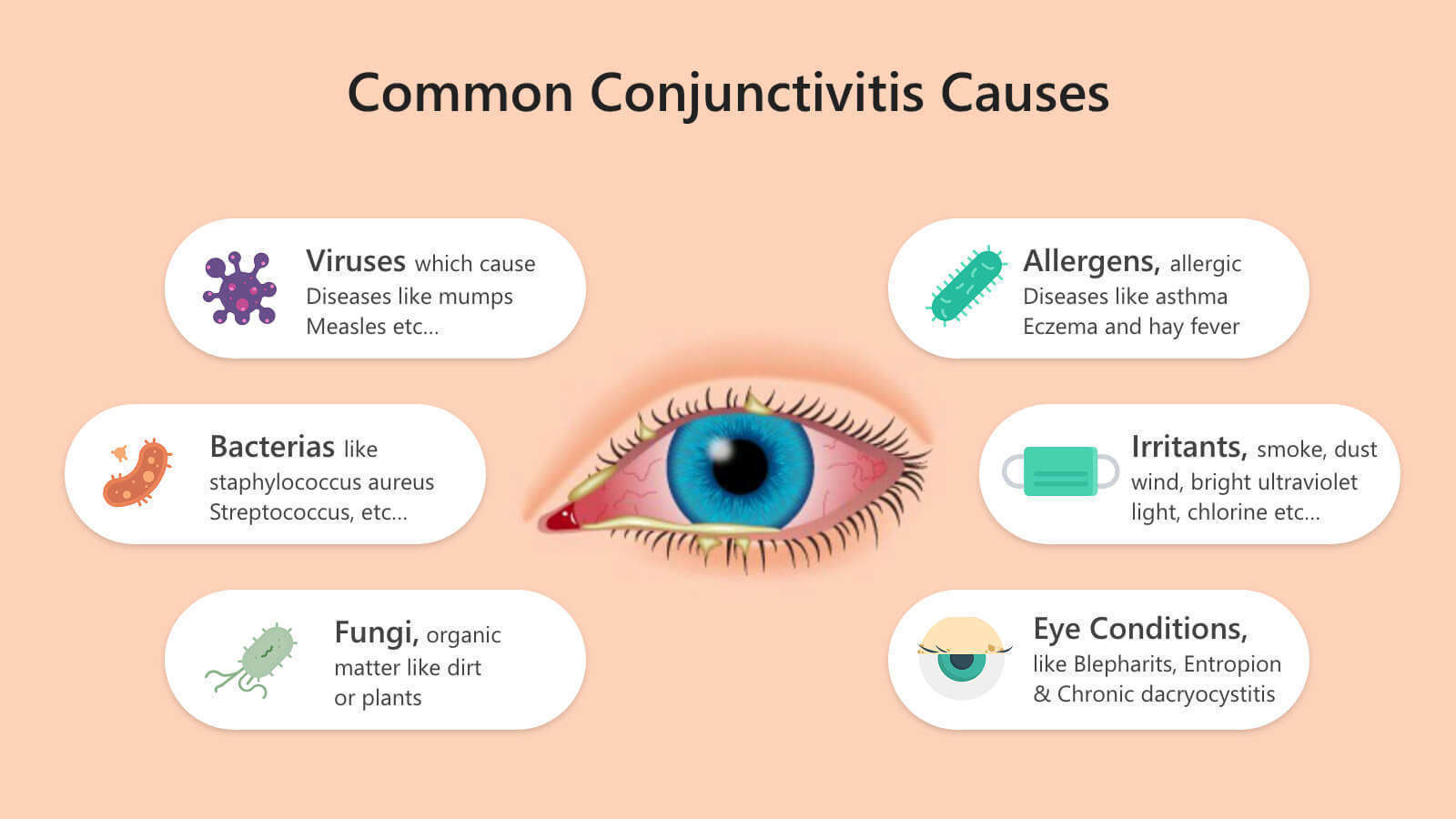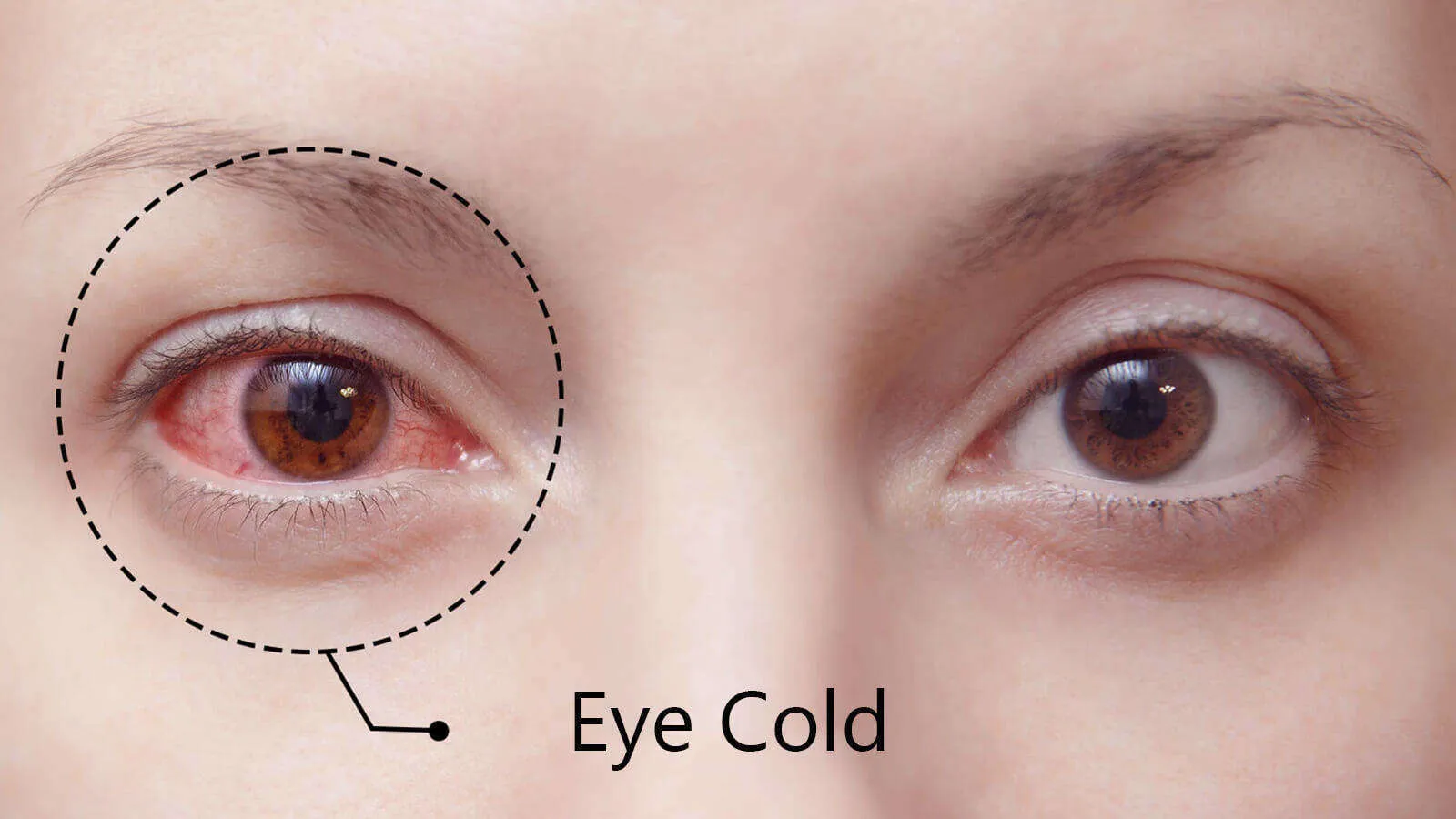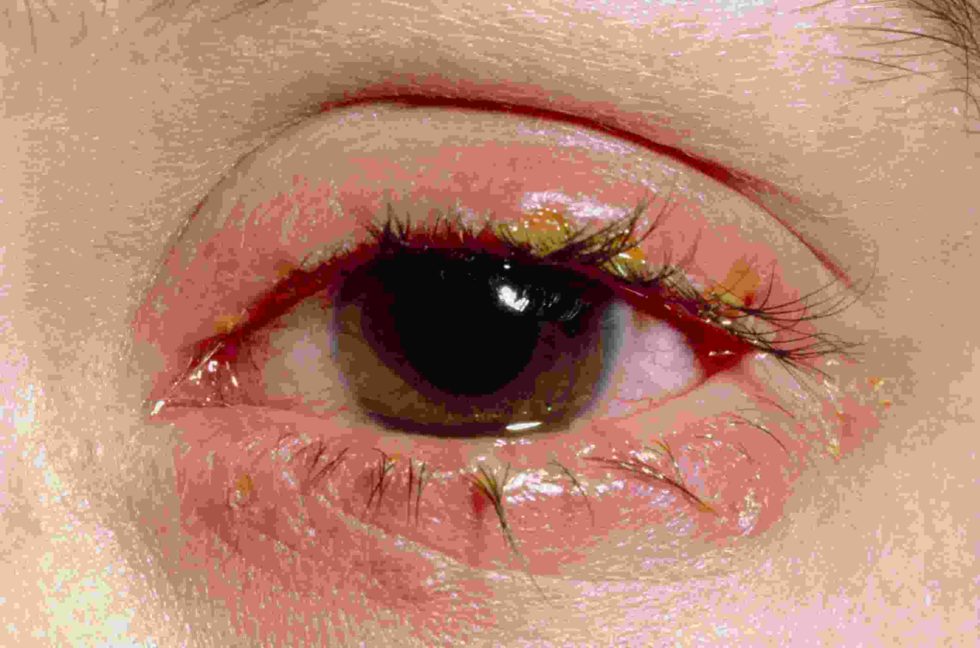Can Common Cold Cause Eye Discharge - One of the most common eye conditions associated with colds and the flu is conjunctivitis, otherwise known as pink eye. Eye colds also usually cause teary or watery eyes, and you may even have some whitish eye discharge. Colds often lead to mouth breathing, which can decrease the moisture in your eyes, leading to dryness and irritation. It can also lead to the. Yes, a cold can affect your vision due to congestion and inflammation impacting the eyes. Experiencing a cold can feel like a real drag. A common cold can cause eye problems such as redness, itching, dryness, excessive tearing, and sensitivity to light. As if those symptoms weren’t bothersome enough, a cold can also infect your eyes, leading to watery discharge and irritation.
It can also lead to the. A common cold can cause eye problems such as redness, itching, dryness, excessive tearing, and sensitivity to light. Experiencing a cold can feel like a real drag. Eye colds also usually cause teary or watery eyes, and you may even have some whitish eye discharge. One of the most common eye conditions associated with colds and the flu is conjunctivitis, otherwise known as pink eye. Colds often lead to mouth breathing, which can decrease the moisture in your eyes, leading to dryness and irritation. Yes, a cold can affect your vision due to congestion and inflammation impacting the eyes. As if those symptoms weren’t bothersome enough, a cold can also infect your eyes, leading to watery discharge and irritation.
Colds often lead to mouth breathing, which can decrease the moisture in your eyes, leading to dryness and irritation. It can also lead to the. A common cold can cause eye problems such as redness, itching, dryness, excessive tearing, and sensitivity to light. Yes, a cold can affect your vision due to congestion and inflammation impacting the eyes. As if those symptoms weren’t bothersome enough, a cold can also infect your eyes, leading to watery discharge and irritation. Experiencing a cold can feel like a real drag. Eye colds also usually cause teary or watery eyes, and you may even have some whitish eye discharge. One of the most common eye conditions associated with colds and the flu is conjunctivitis, otherwise known as pink eye.
Can A Cold Affect Your Eyes & Vision? Focus Clinics
Yes, a cold can affect your vision due to congestion and inflammation impacting the eyes. A common cold can cause eye problems such as redness, itching, dryness, excessive tearing, and sensitivity to light. One of the most common eye conditions associated with colds and the flu is conjunctivitis, otherwise known as pink eye. Colds often lead to mouth breathing, which.
Mucopurulent Conjunctivitis Causes, Symptoms and Treatment
Experiencing a cold can feel like a real drag. One of the most common eye conditions associated with colds and the flu is conjunctivitis, otherwise known as pink eye. As if those symptoms weren’t bothersome enough, a cold can also infect your eyes, leading to watery discharge and irritation. Colds often lead to mouth breathing, which can decrease the moisture.
Eye Cold Contagious Conjunctivitis You Ought to Know About
Experiencing a cold can feel like a real drag. Eye colds also usually cause teary or watery eyes, and you may even have some whitish eye discharge. Yes, a cold can affect your vision due to congestion and inflammation impacting the eyes. One of the most common eye conditions associated with colds and the flu is conjunctivitis, otherwise known as.
Types of Eye Discharge, Mucus, and Their Causes
Yes, a cold can affect your vision due to congestion and inflammation impacting the eyes. Colds often lead to mouth breathing, which can decrease the moisture in your eyes, leading to dryness and irritation. One of the most common eye conditions associated with colds and the flu is conjunctivitis, otherwise known as pink eye. Eye colds also usually cause teary.
Cold And Conjunctivitis The Connection Between Your Eyes And The
Yes, a cold can affect your vision due to congestion and inflammation impacting the eyes. Colds often lead to mouth breathing, which can decrease the moisture in your eyes, leading to dryness and irritation. Eye colds also usually cause teary or watery eyes, and you may even have some whitish eye discharge. As if those symptoms weren’t bothersome enough, a.
Eye Cold Contagious Conjunctivitis You Ought to Know About
Eye colds also usually cause teary or watery eyes, and you may even have some whitish eye discharge. A common cold can cause eye problems such as redness, itching, dryness, excessive tearing, and sensitivity to light. Yes, a cold can affect your vision due to congestion and inflammation impacting the eyes. It can also lead to the. As if those.
Understanding Eye Colds Differentiating Between Conjunctivitis and
It can also lead to the. Experiencing a cold can feel like a real drag. Yes, a cold can affect your vision due to congestion and inflammation impacting the eyes. One of the most common eye conditions associated with colds and the flu is conjunctivitis, otherwise known as pink eye. As if those symptoms weren’t bothersome enough, a cold can.
Eye Discharge and Associated Eye Problem Eyemantra
One of the most common eye conditions associated with colds and the flu is conjunctivitis, otherwise known as pink eye. Eye colds also usually cause teary or watery eyes, and you may even have some whitish eye discharge. Colds often lead to mouth breathing, which can decrease the moisture in your eyes, leading to dryness and irritation. Yes, a cold.
Eye Flu Types and Remedies in Delhi Eyemantra
Eye colds also usually cause teary or watery eyes, and you may even have some whitish eye discharge. Colds often lead to mouth breathing, which can decrease the moisture in your eyes, leading to dryness and irritation. A common cold can cause eye problems such as redness, itching, dryness, excessive tearing, and sensitivity to light. One of the most common.
Common Cold Causes
One of the most common eye conditions associated with colds and the flu is conjunctivitis, otherwise known as pink eye. Eye colds also usually cause teary or watery eyes, and you may even have some whitish eye discharge. Colds often lead to mouth breathing, which can decrease the moisture in your eyes, leading to dryness and irritation. Yes, a cold.
One Of The Most Common Eye Conditions Associated With Colds And The Flu Is Conjunctivitis, Otherwise Known As Pink Eye.
As if those symptoms weren’t bothersome enough, a cold can also infect your eyes, leading to watery discharge and irritation. A common cold can cause eye problems such as redness, itching, dryness, excessive tearing, and sensitivity to light. It can also lead to the. Eye colds also usually cause teary or watery eyes, and you may even have some whitish eye discharge.
Experiencing A Cold Can Feel Like A Real Drag.
Colds often lead to mouth breathing, which can decrease the moisture in your eyes, leading to dryness and irritation. Yes, a cold can affect your vision due to congestion and inflammation impacting the eyes.



:max_bytes(150000):strip_icc()/eye-mucus-types-3422108_color2-5b95bba0c9e77c0082f5eeb0.png)





